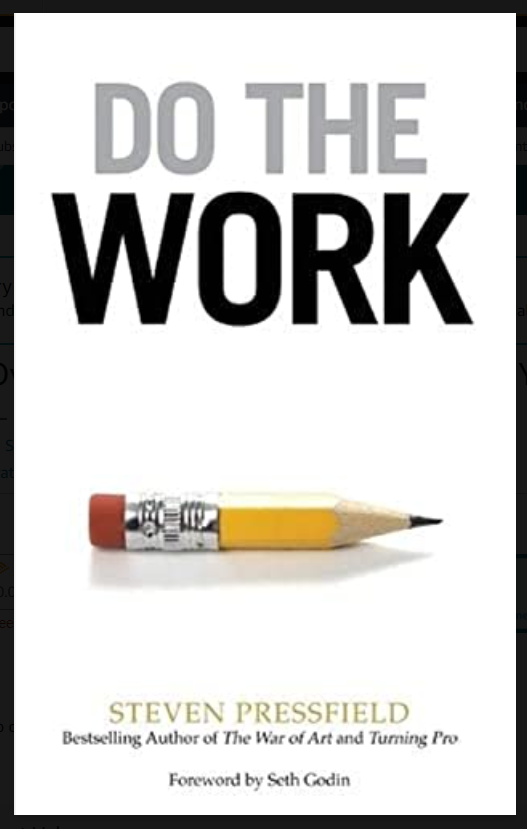One of the key ingredients to running a successful business is having a marketable product, something ready for public consumption. It’s impossible to have business success without one. To have the best shot at running a productive business, our product must meet a few basic requirements: it must be something that is not only profitable enough for the business to survive, but is also user-friendly, easy to understand, easy to operate, and leaves the client feeling satisfied, believing that they received much more benefit than they expected. Something that meets all these benchmarks should be considered a “complete product.” If we have the ability to produce a complete product, our chances of running a successful business dramatically increase.

Businesses rarely achieve the complete product; rather it’s a goal to strive for; an ideal to be pursued. The closer we can get our product to this standard, the better our chances of success. A complete product is easier for us to sell. It’s easier for our clients see themselves buying. It lends itself to a simpler business model, causing fewer problems for everyone involved after the sale. The complete product can lead to an all around simpler business life, as fewer problems in our business typically equates to a less stressful life.
And doesn’t want an easier life?
Well, we may ask, if this complete product cannot be attained, then why should we even pursue it? While the fact remains that we will probably never achieve the complete product, every step we take toward that ideal is another step forward for our business, an additional improvement in our product, and one step closer to the ultimate goal of an easier life. Even though it may not be perfect, every small improvement that we make in our product can result in a few more sales, a few less questions and possibly even fewer problems down the road.
Given enough time to ponder our specific situation, we can all come up with a laundry list of things that we can do to better our product. Unfortunately, having a large list of upgrades can overwhelm us, leading to stress and often causing us to give up the idea of upgrading altogether. We think that there’s too much to be done; that we could never possibly finish a project of this magnitude. This type of thinking can prevent us from making any changes, regardless of how beneficial they would be for our business.
A year from now you will wish you had started today.
Karen Lamb
In order to overcome this hurdle, we must realize that our own critical thoughts are just that: thoughts. It is estimated that the average person has between 50,000 – 70,000 thoughts each day. Just because one of these passing thoughts tells us that we cannot possibly tackle the Herculean-task of improving our product, doesn’t mean that we should buy into the hype! Yes, our brain is correct in its assumption that we cannot possibly make every one of our ideal improvements all at the same time. However, this shouldn’t stop us from making regular, small and incremental changes to better what we’re selling.
Our brains are typically overwhelmed when we attempt to tackle a large, multifaceted project, as most people are simply not wired to handle this type of situation. Our brains are, however, perfectly suited to working on one small, specific aspect of a larger mission. The quote attributed to Creighton Abrams, who was a US Army General and Chief of Staff, explains that “when eating an elephant, take one bite at a time.” This means that we should take advantage of our natural propensity for solving small problems, and work on one (seemingly) minor task at a time. Striving to make small gains over the long-term will eventually produce the elephant that you were looking for.

One thing that we can do to approach the complete product is to critique ourselves on a regular basis. We may want to do this once a year, possibly setting a recurring reminder around an easily remembered date like New Year’s Day or the anniversary of the birth of our company. Or we may want to do it on a more regular basis: twice a year, quarterly, or whatever best suits us and our specific needs. In my own business, an annual or bi-annual review meets most of my company’s needs.
For us as inspectors, this means that we should sit down in a quiet place, grab a cup of coffee, and actually read our reports. While I do advocate reading your report at least once in its entirety before you deliver it to your home inspection clients, in this case I am referring to sitting down and going over some of the home inspection reports that we have already delivered to your clients. Pick out a few recently produced reports at random and review them with a critical eye.
Our initial focus should be on the items that are mandated to be inspected by our standards of practice and code of ethics. An easy way to do this is to produce a checklist based on those standards, using this checklist to guide us as we review our reports, checking all the items covered in our report. This will allow us to easily see if our report is missing any of the requisite items. Verifying that we have our SOP covered is one of the easiest ways to help reduce our chances of having problems after the inspection and is the first step along the road to a complete product.

Putting on our high school English teacher hat, we should be sure to check punctuation, spelling, grammar, layout, font consistency and any other item that affects the way our report is viewed. Remember that our report must be able to be understood not only by us and the people that were at the home inspection, but also by anyone else that may eventually read our report, such as a judge, arbitrator, attorney, or government official. Anything that calls into doubt our abilities or professionalism can (and will) be used in court by the other side to invalidate our qualifications as a Professional Inspector.
Be sure that our report is clear and concise. We certainly want to provide our client with the information they need to make an informed decision regarding whether to purchase the subject property. However, we don’t want to overwhelm them with home inspection jargon. While properly using technical terms in our report may be impressive to an engineer, such material is likely to prove too technical to the vast majority of our clients (and their agents), and will certainly make it difficult for them to understand the message that we are trying to convey. Misunderstandings will lead to more questions for us, and making our clients feel stupid because they can’t understand the language we used is a sure-fire way to decrease their satisfaction level and increase the possibility of problems down the road.

We are all too busy in our over-scheduled lives. The thought of spending time working on something that we are already using in our business may seem to some like a waste of valuable time. But a small investment in bettering our product can easily pay big dividends. It is for our own benefit to take a few moments to review our product. Time spent improving the product we’re offering is an investment in the future of our business.
The time we spend will soon be forgotten, but the benefits of having a better product will last a lifetime.
We are continually faced by great opportunities brilliantly disguised as insolvable problems.
Lee Iacocca
Would you like to get an email every Friday where we share the newest things we’ve discovered about home inspections? CLICK HERE to sign up.
Want to be an Influencer in Your Field? Share This Post!
Thanks, Joe


